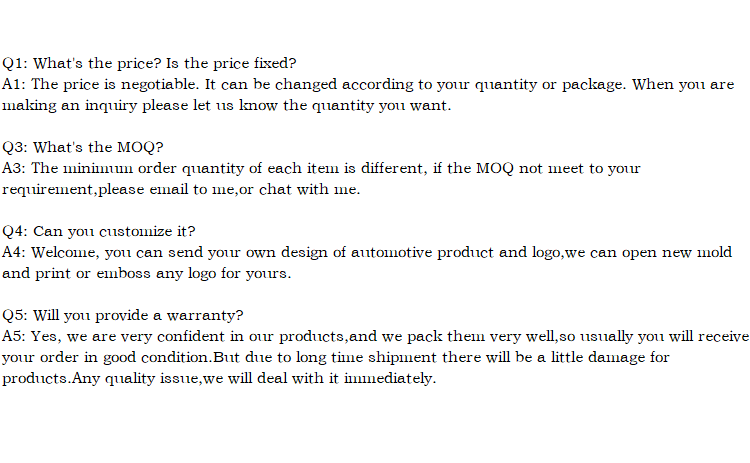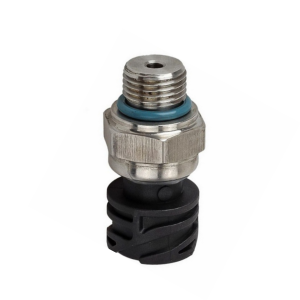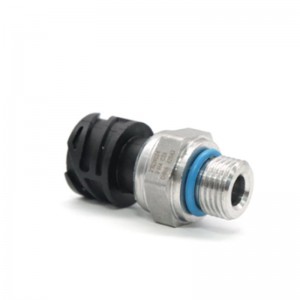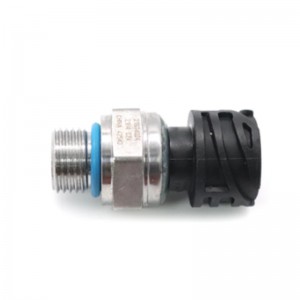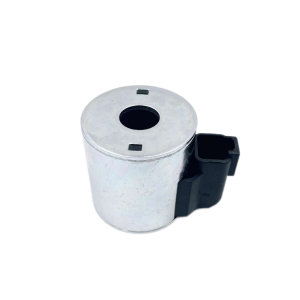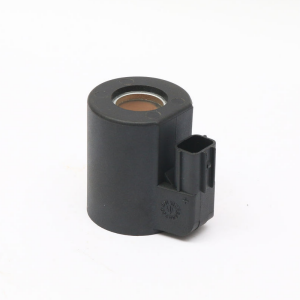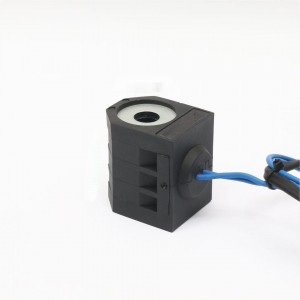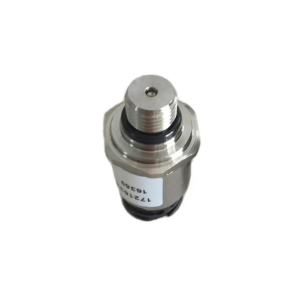Suitable for Volvo D4 oil pressure sensor 22899626
Product introduction
Automobile sensor is the input device of automobile computer system, which converts various working conditions information (such as vehicle speed, temperature of various media, engine working conditions, etc.) into electrical signals and transmits them to the computer, so that the engine can be in the best working state.
When looking for faults of automobile sensors, we should not only check the sensors, but also check the wiring harness, connectors and related circuits between the sensors and the electronic control
One of the characteristics of automobile technology development is that more and more components adopt electronic control. According to the function of sensors, they can be classified into sensors that measure temperature, pressure, flow, position, gas concentration, speed, brightness, dry humidity, distance and other functions, and they all perform their respective duties. Once a sensor fails, the corresponding device will not work normally or even not. Therefore, the role of sensors in automobiles is very important.
In the past, automobile sensors were only used in engines, but have been extended to chassis, body and lighting and electrical systems. These systems use more than 100 kinds of sensors. In a wide variety of sensors, the common ones are:
Intake pressure sensor: it reflects the change of absolute pressure in the intake manifold and provides a reference signal for ECU (engine electronic control unit) to calculate the fuel injection duration;
Air flowmeter: measures the amount of air inhaled by the engine and provides it to ECU as a reference signal for fuel injection time;
Throttle position sensor: measures the opening angle of throttle and provides it to ECU as a reference signal for fuel cut-off, fuel/air ratio
Crankshaft position sensor: detects the rotating speed of crankshaft and engine and provides it to ECU as a reference signal to determine ignition timing and working sequence;
Oxygen sensor: detects the oxygen concentration in the exhaust gas and provides it to ECU as a reference signal to control the fuel/air ratio near the optimal value (theoretical value);
Company details







Company advantage
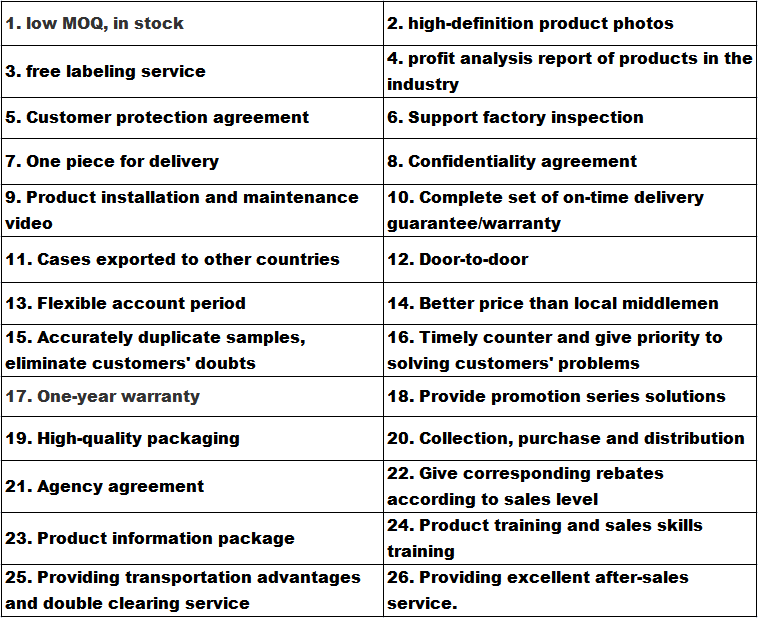
Transportation

FAQ
